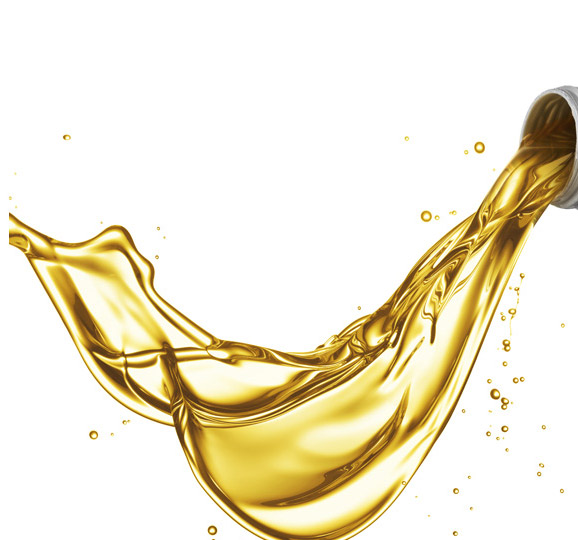Most people equate engine wear and deposits with a sudden, catastrophic engine failure that leaves you stranded alongside the road. In reality, wear and deposits are more likely to cause horsepower loss and reduced fuel efficiency over time. Here’s how it works and what you can do about it.
Engine compression = horsepower
For your engine to produce maximum horsepower, the combustion chamber must seal completely during the compression and combustion strokes. Wear and deposits can prevent the valves or piston rings from sealing, allowing pressurized gases to escape the combustion chamber, leading to horsepower loss.
To illustrate, imagine using a hydraulic floor jack.
Pumping the handle will raise the vehicle as long as the release valve is tightly seated and doesn’t leak. A poorly sealed release valve, however, allows pressure to escape, causing the vehicle to sink to the ground no matter how much you pump the jack handle.
The same principle applies inside your engine. If some of the pressure created during the compression and combustion strokes is lost due to valves and piston rings that don’t seal completely, the engine will suffer horsepower loss, as explained in the images below.
COMPRESSION
Wear and deposits can prevent the valves and piston rings from sealing completely, allowing fuel/air to escape the combustion chamber during compression.
COMBUSTION
During the combustion stroke, pressurized gases can escape past worn or deposit-covered valves and rings, taking potential horsepower with it.
Wear & deposits reduce compression
Over time, deposits or valve wear can prevent the valves from closing completely, interfering with a good seal. Wear can also interfere with proper valve operation, disrupting optimum fuel/air flow.
Worn or stuck piston rings produce the same effect.
The rings are designed to move freely in their grooves and press tightly against the cylinder wall. They should form a seal that prevents fuel/air from escaping. Ring wear can interfere with formation of a tight seal.
Likewise, deposit buildup can cause the rings to stick in their grooves, also preventing a good seal. As a result, some fuel/air escapes the combustion chamber during compression, reducing power. On the combustion stroke, pressurized gases can blow by the rings and travel down the cylinder wall and into the oil sump, taking potential power with them. This is what’s meant when someone says an engine has lost compression.
AMSOIL helps prevent horsepower loss
AMSOIL Signature Series Synthetic Motor Oil provides…
- 75% more engine protection against horsepower loss and wear¹
- 40% cleaner pistons than required by a double-length industry standard test²
Its outstanding performance helps prevent deposits and wear that rob engines of horsepower, helping preserve that like-new feeling you crave when driving.
To prove it, we installed Signature Series 5W-30 Synthetic Motor Oil in a Ford F-150 with a new 3.5L Ecoboost engine to test its ability to protect turbocharged direct-injection (TDGI) engines from torque and horsepower loss during extended drain intervals up to 25,000 miles.
Power sweeps were done at the beginning and end of the test to evaluate horsepower and torque retention. As the video shows, Signature Series helped maintain engine performance throughout the 100,000 mile test.
So, one of the best ways to prevent horsepower loss is to guard against engine wear and deposits that reduce compression. And AMSOIL is proven to deliver the protection you need.
¹Based on independent testing of AMSOIL Signature Series 0W-20, in ASTM D6891 as required by the API SN specification. ²Based on independent testing of AMSOIL Signature Series 5W-30 in the Sequence IIIH Engine Test (ASTM D8111), required by the ILSAC GF-6 and API SP specifications.
Updated. Originally published: October 25, 2017








Comments
Share: